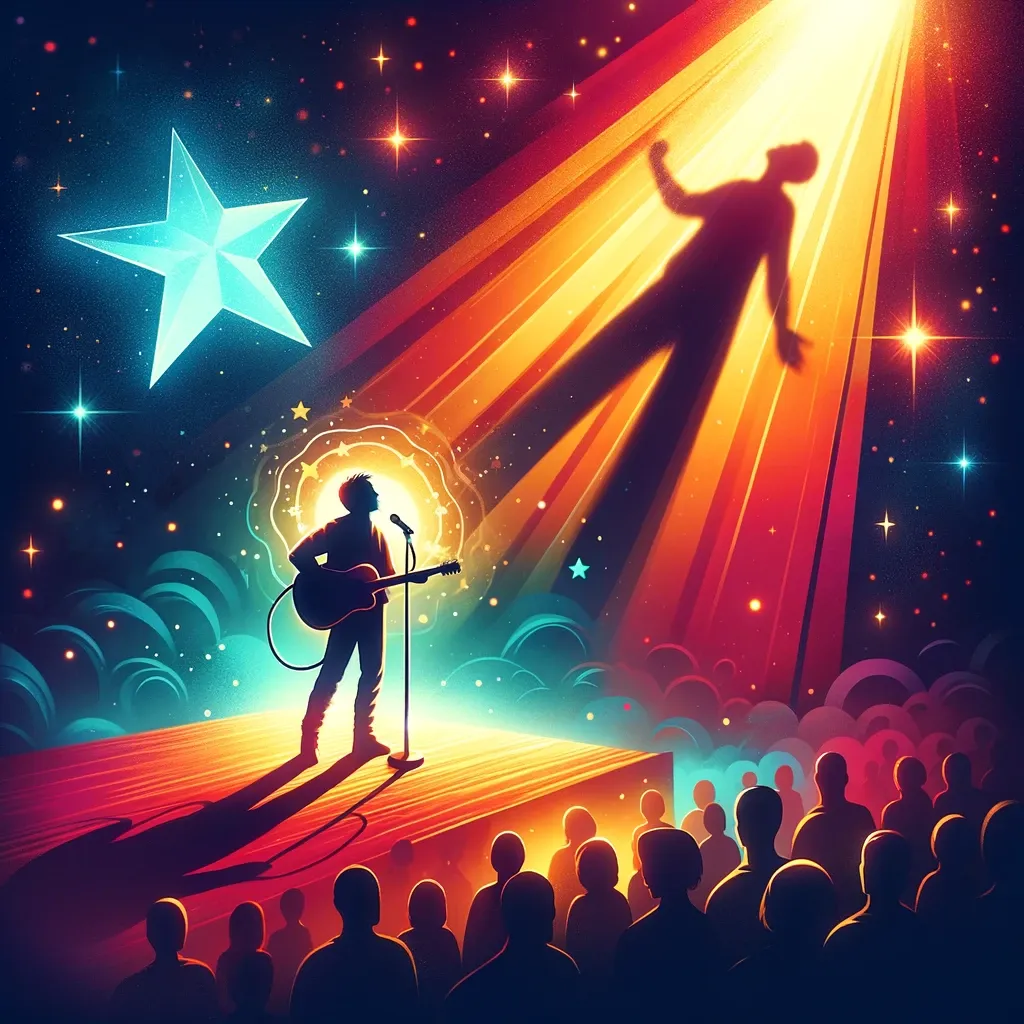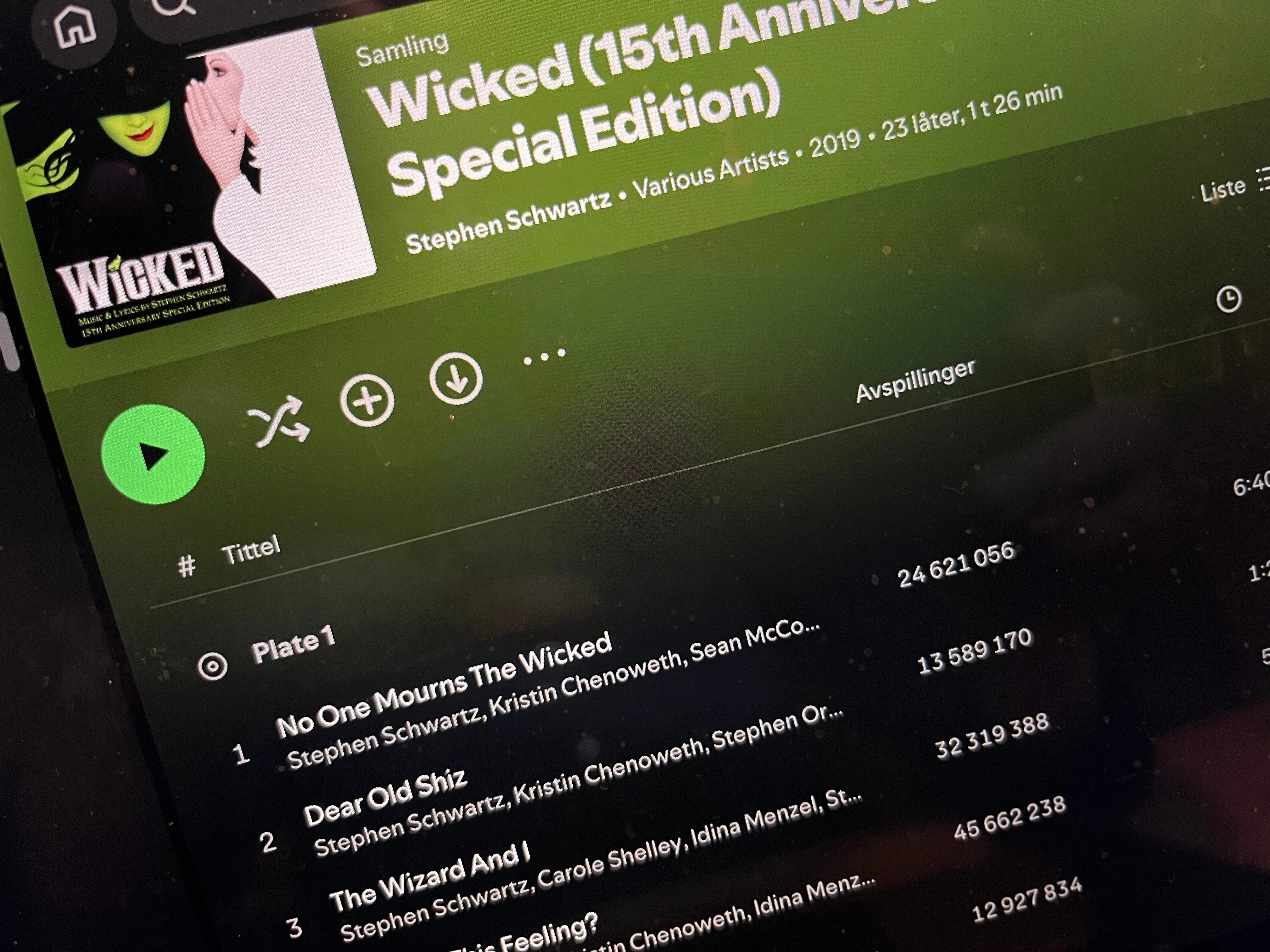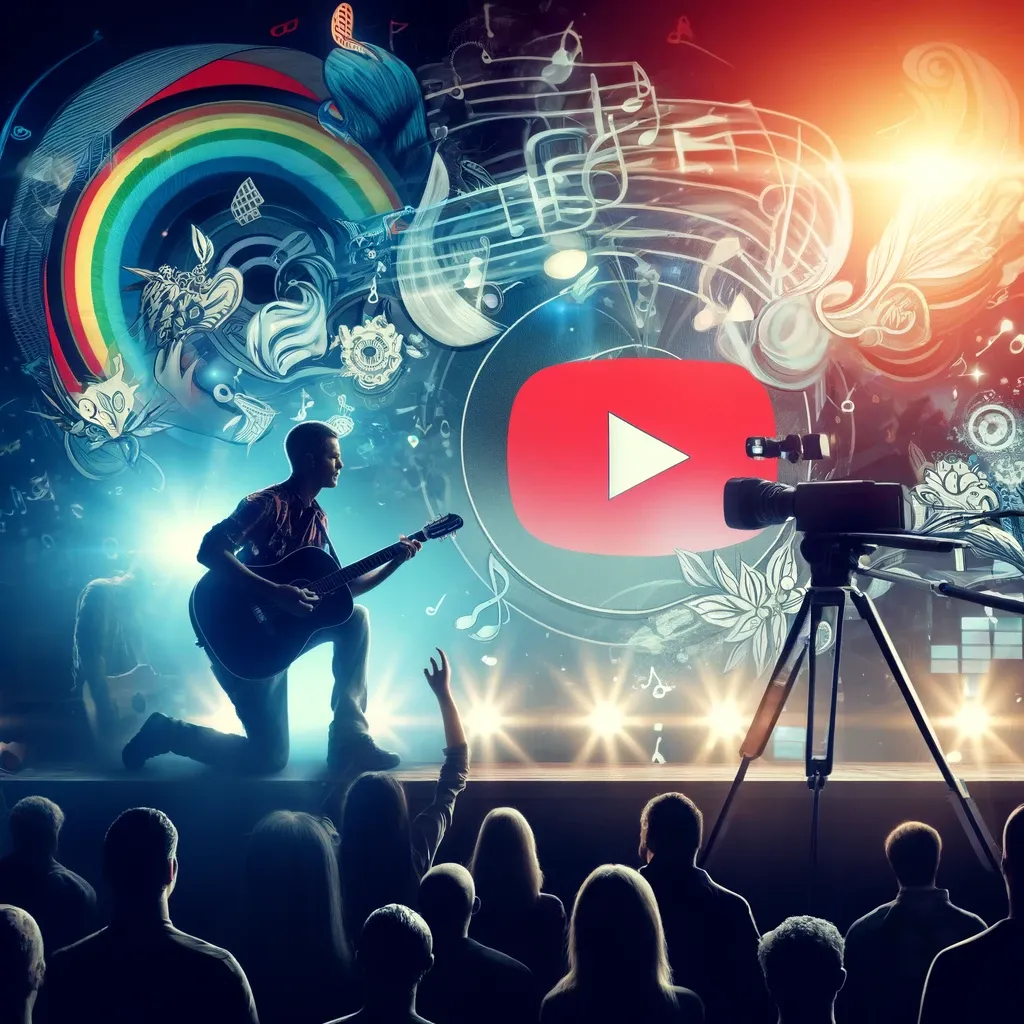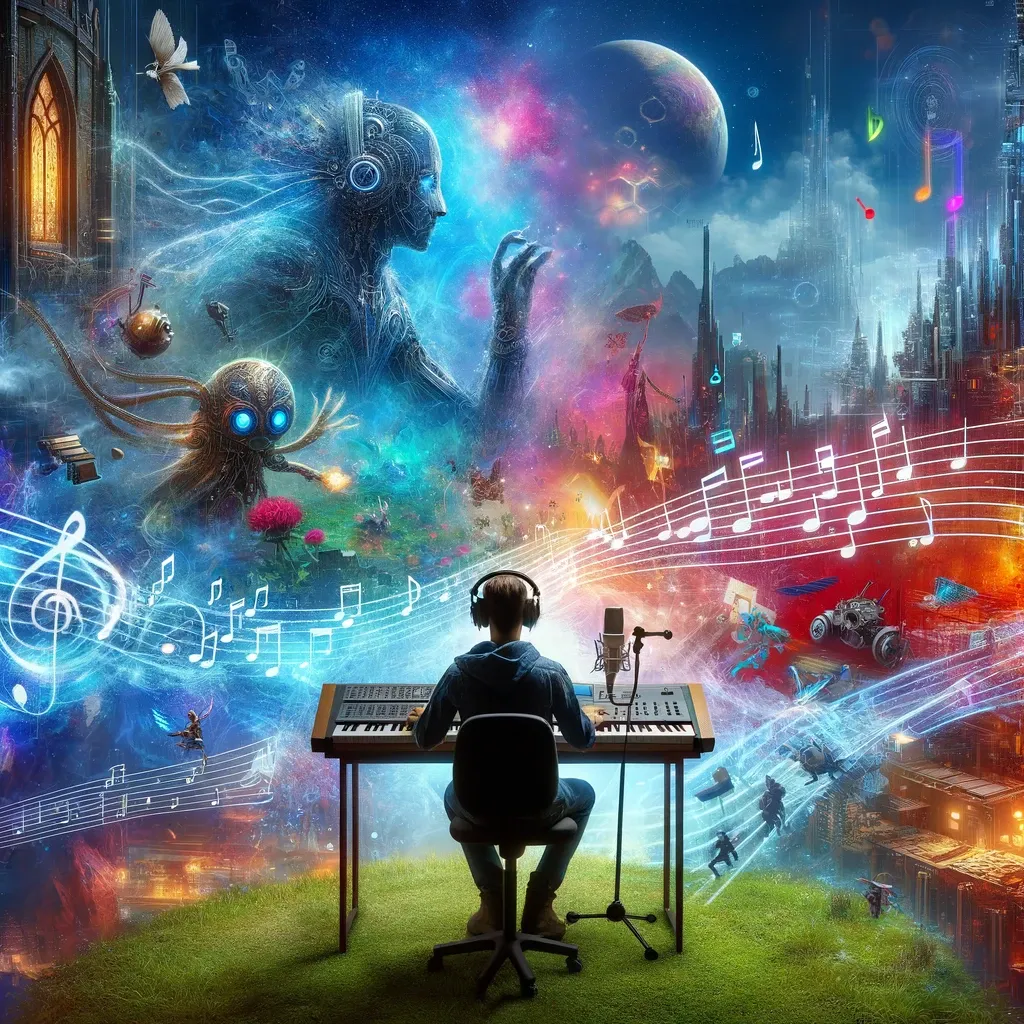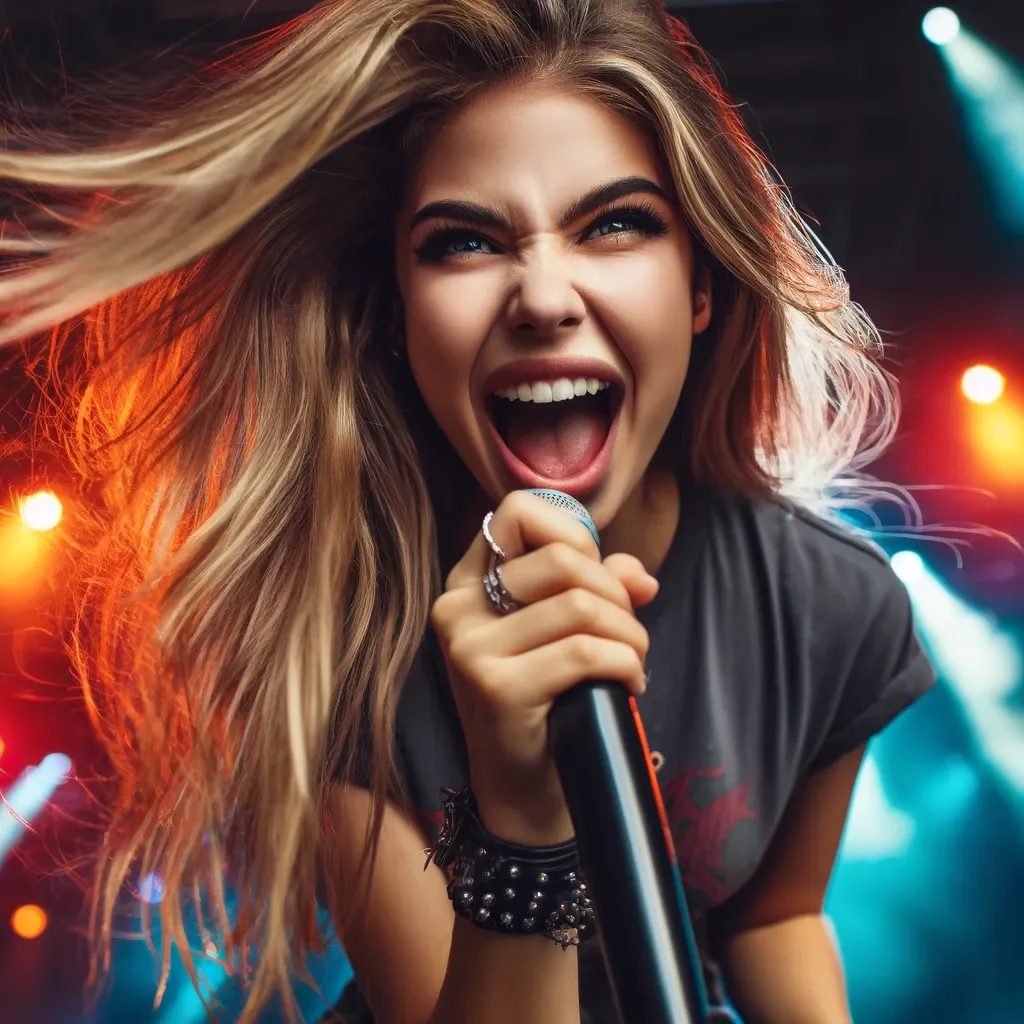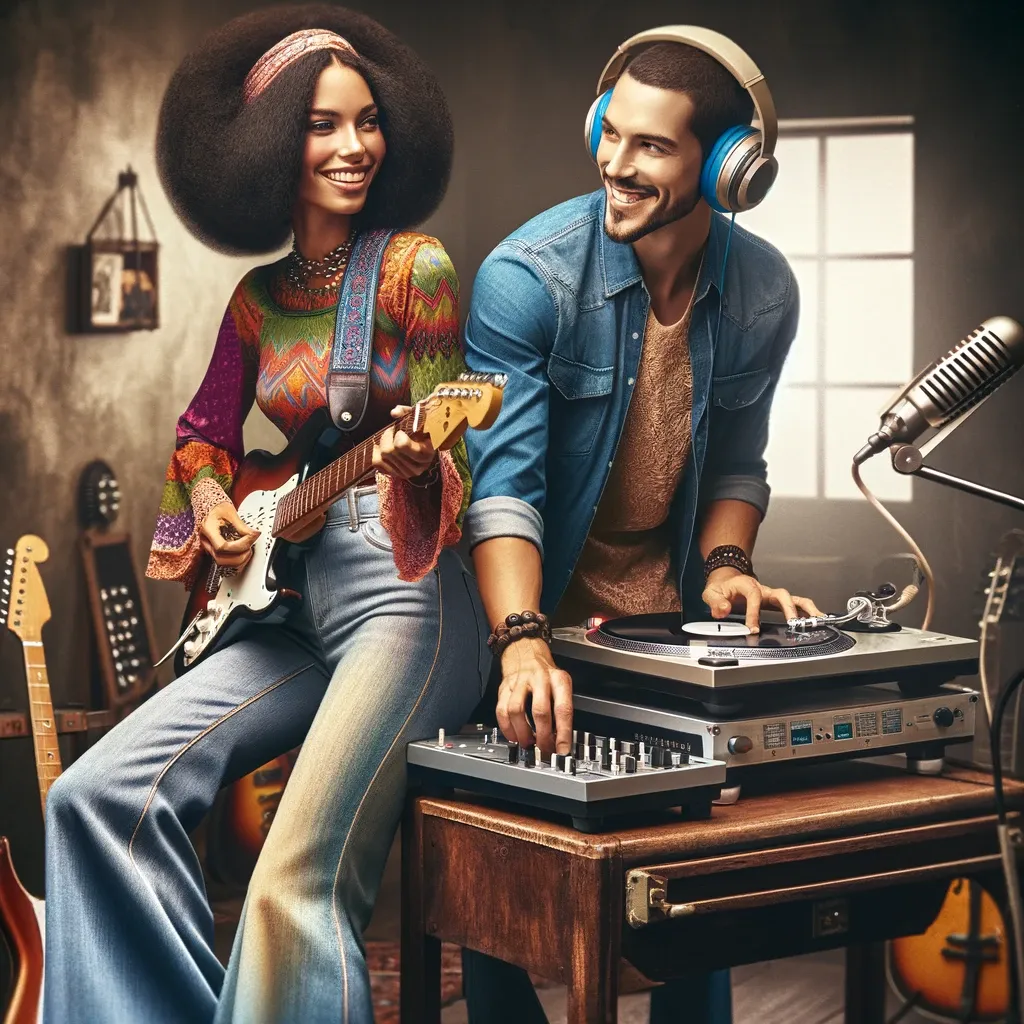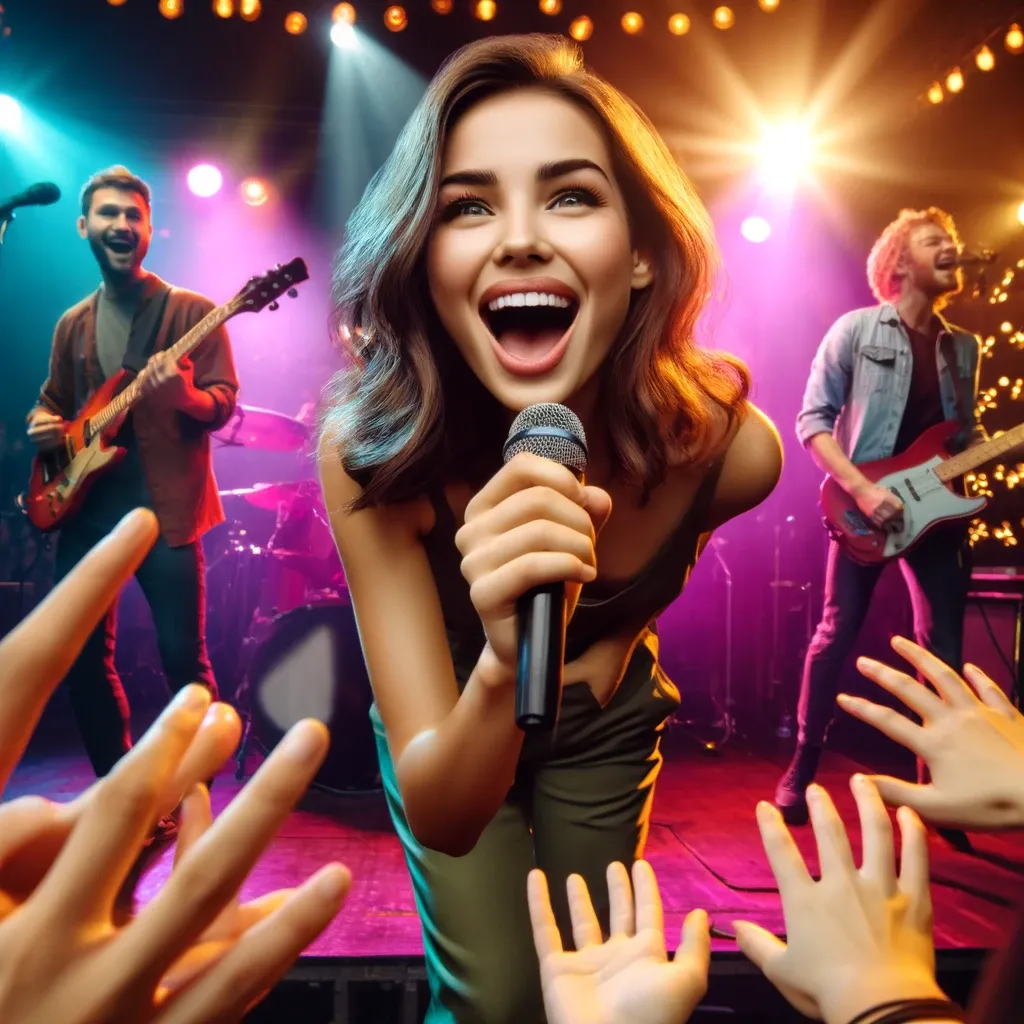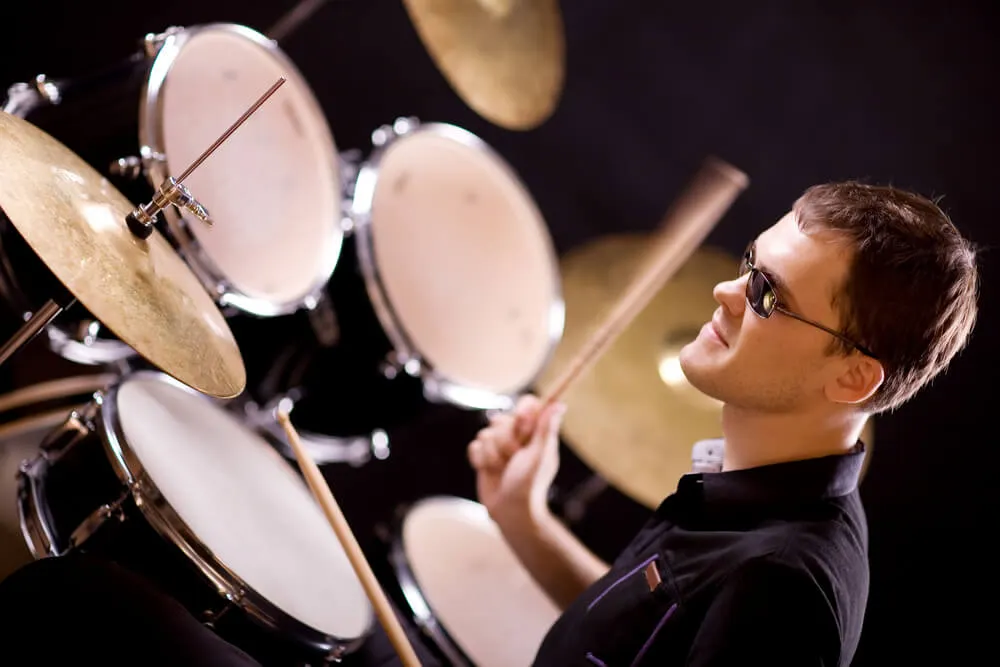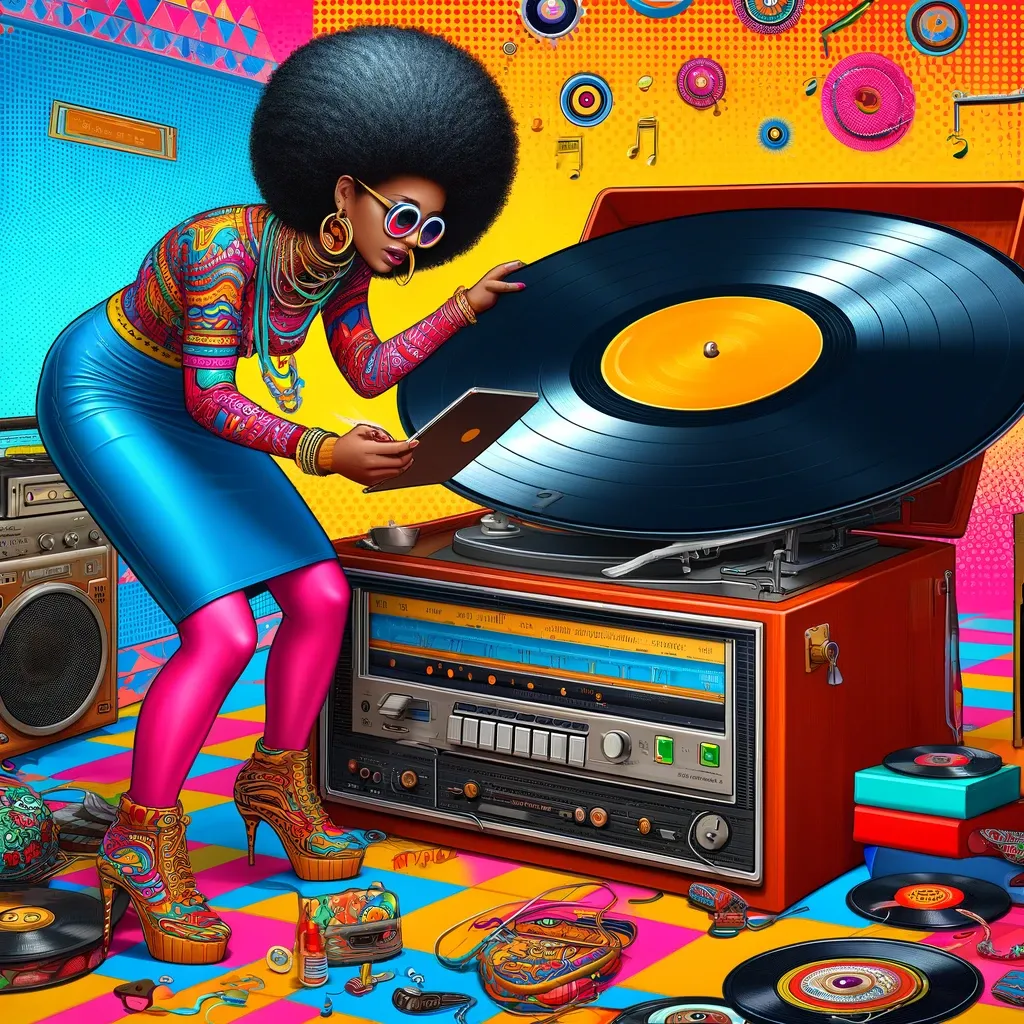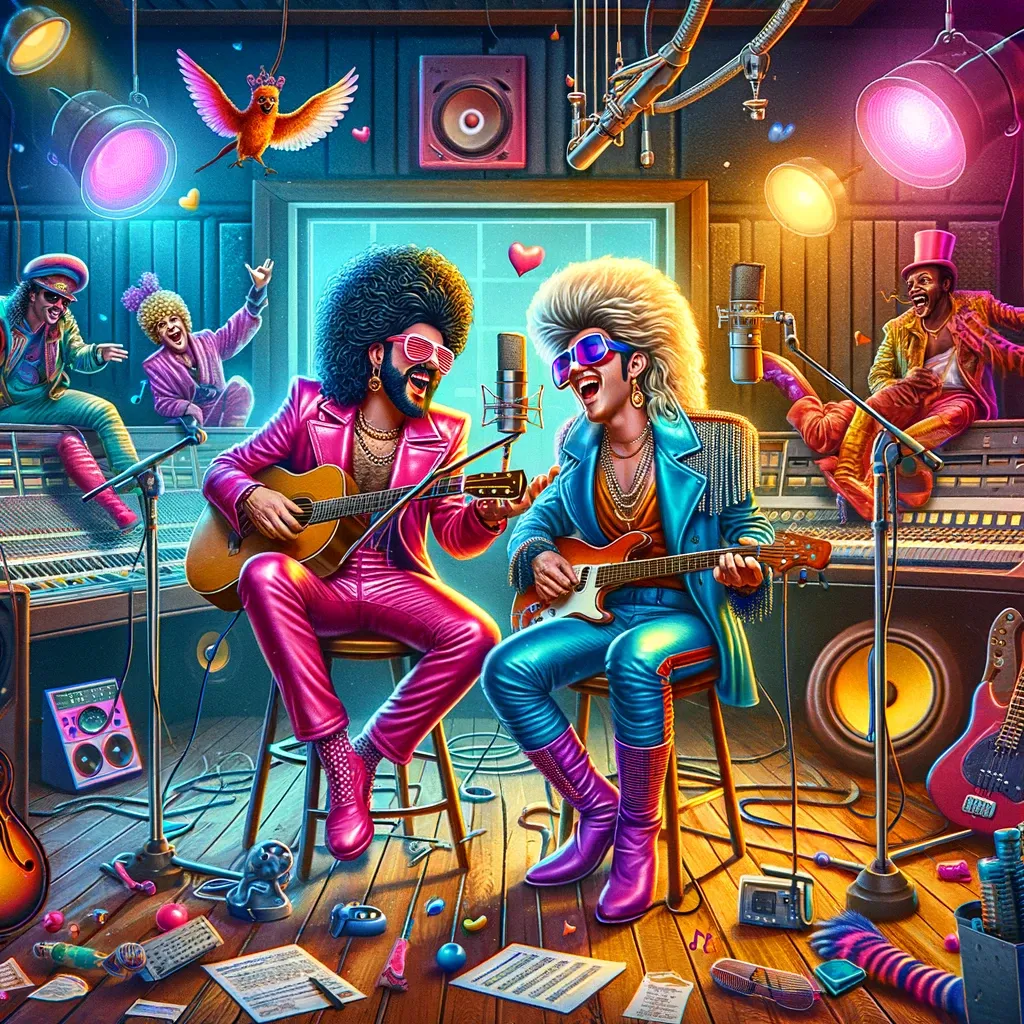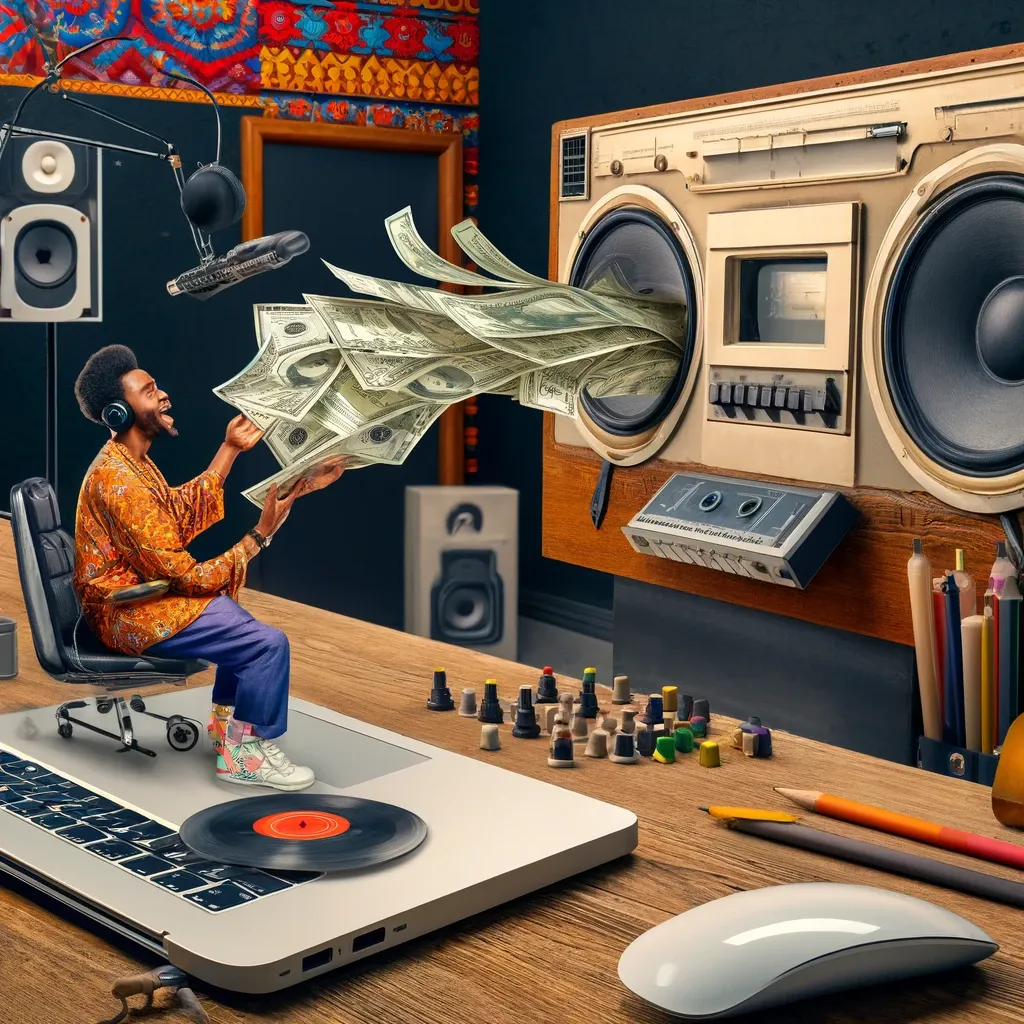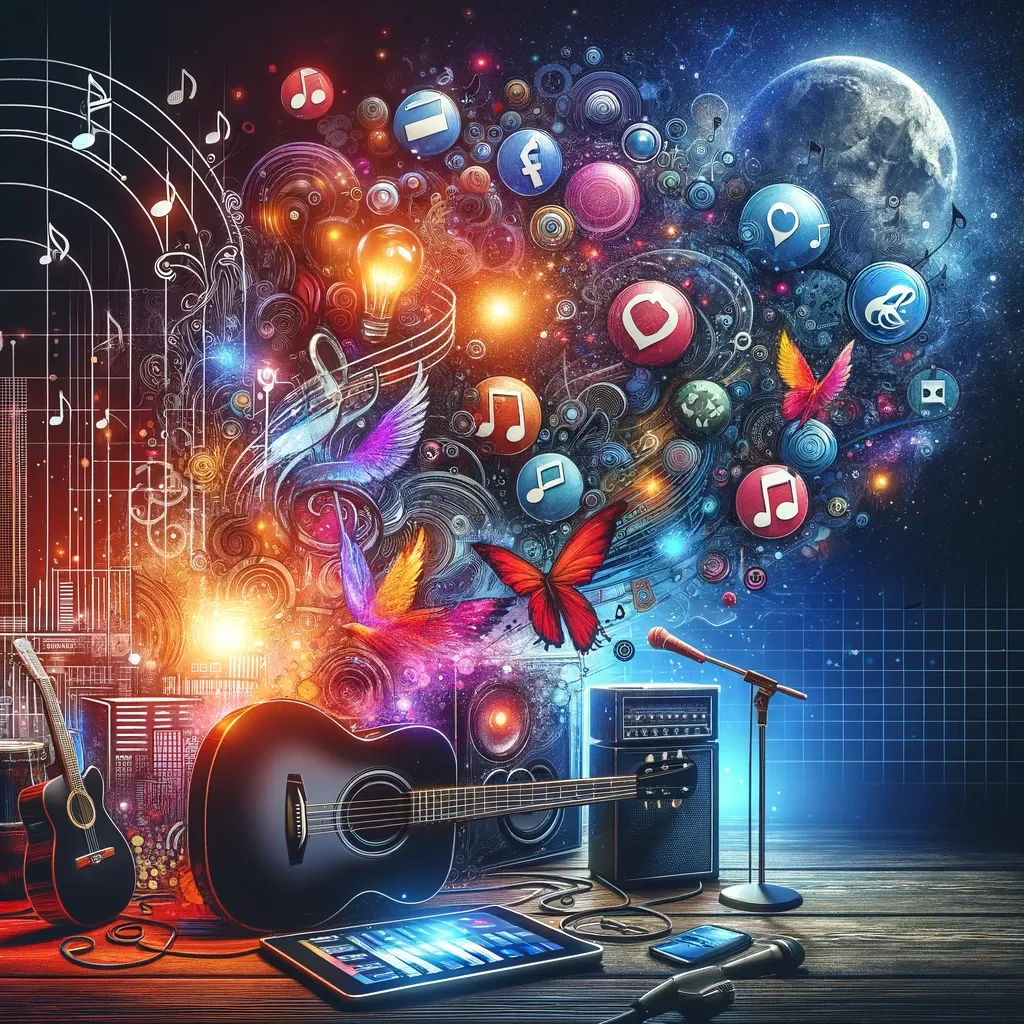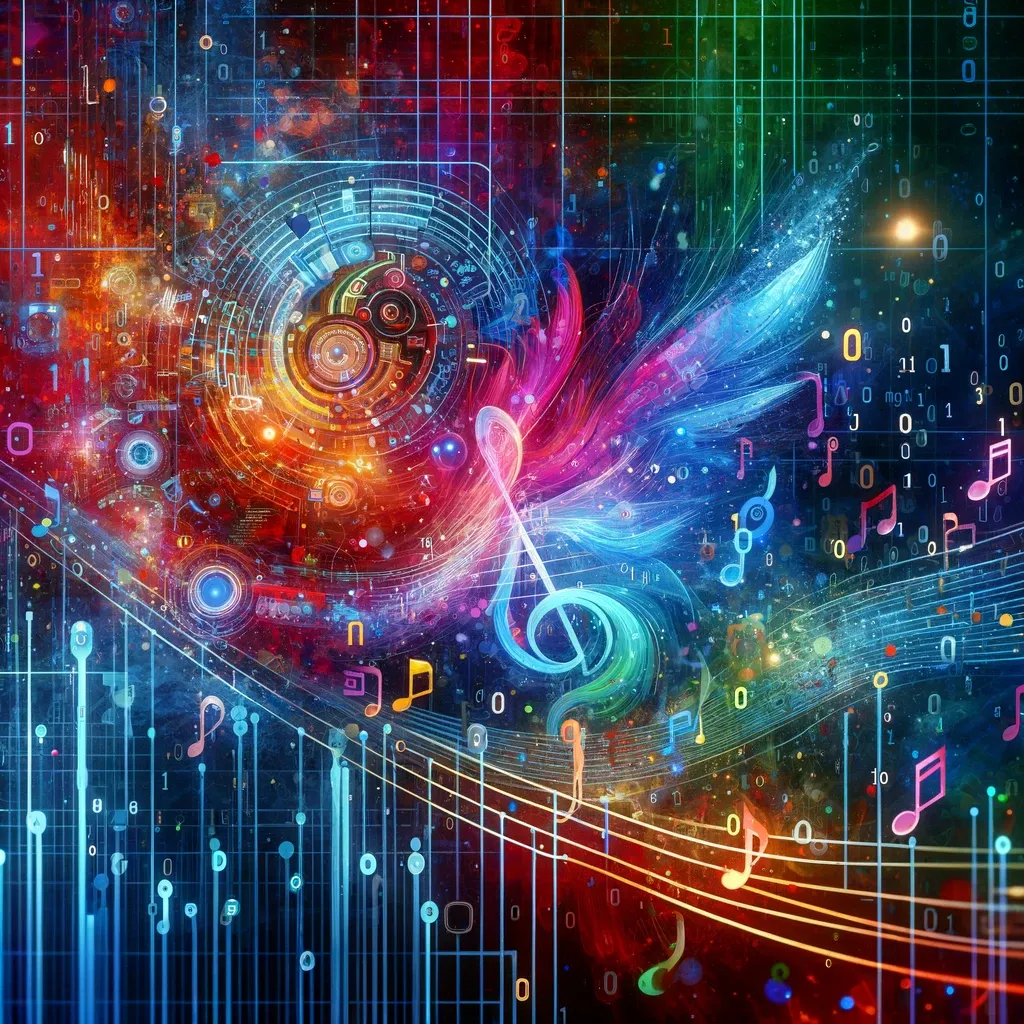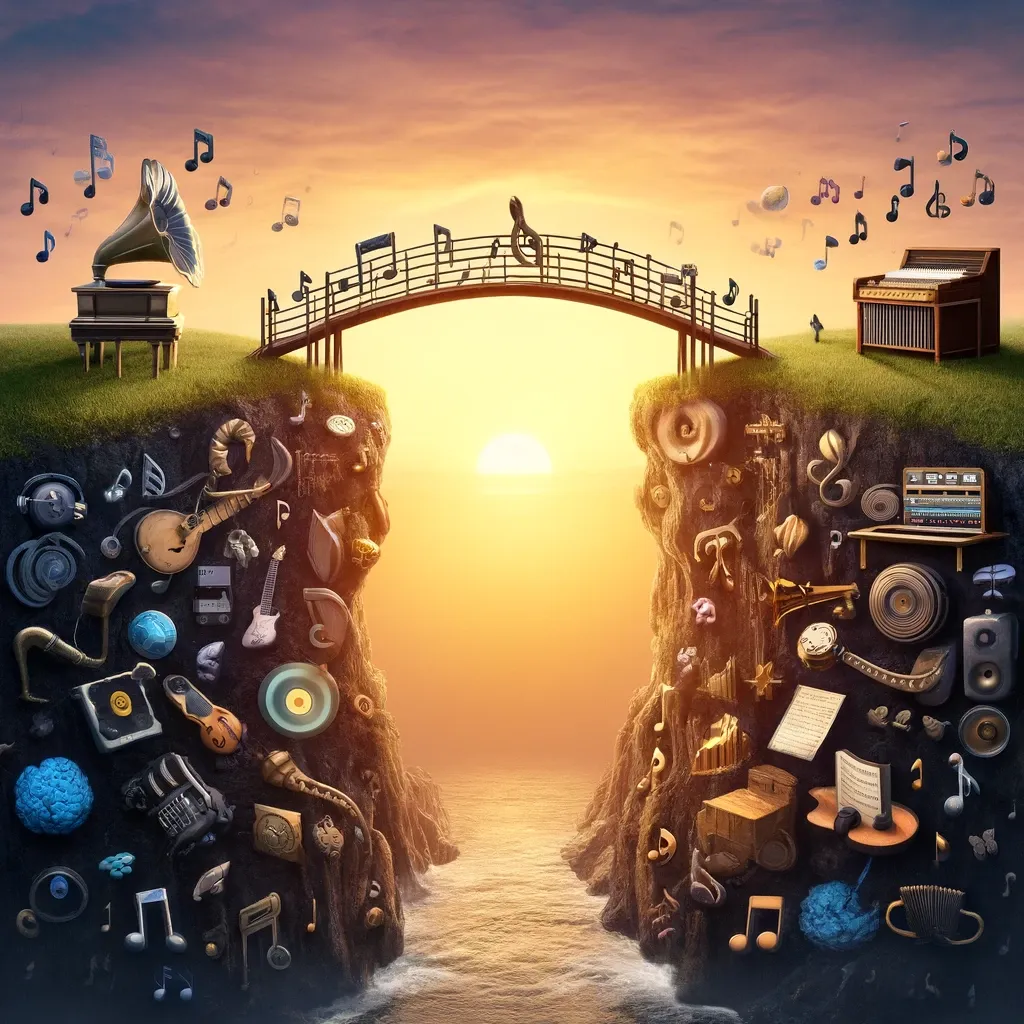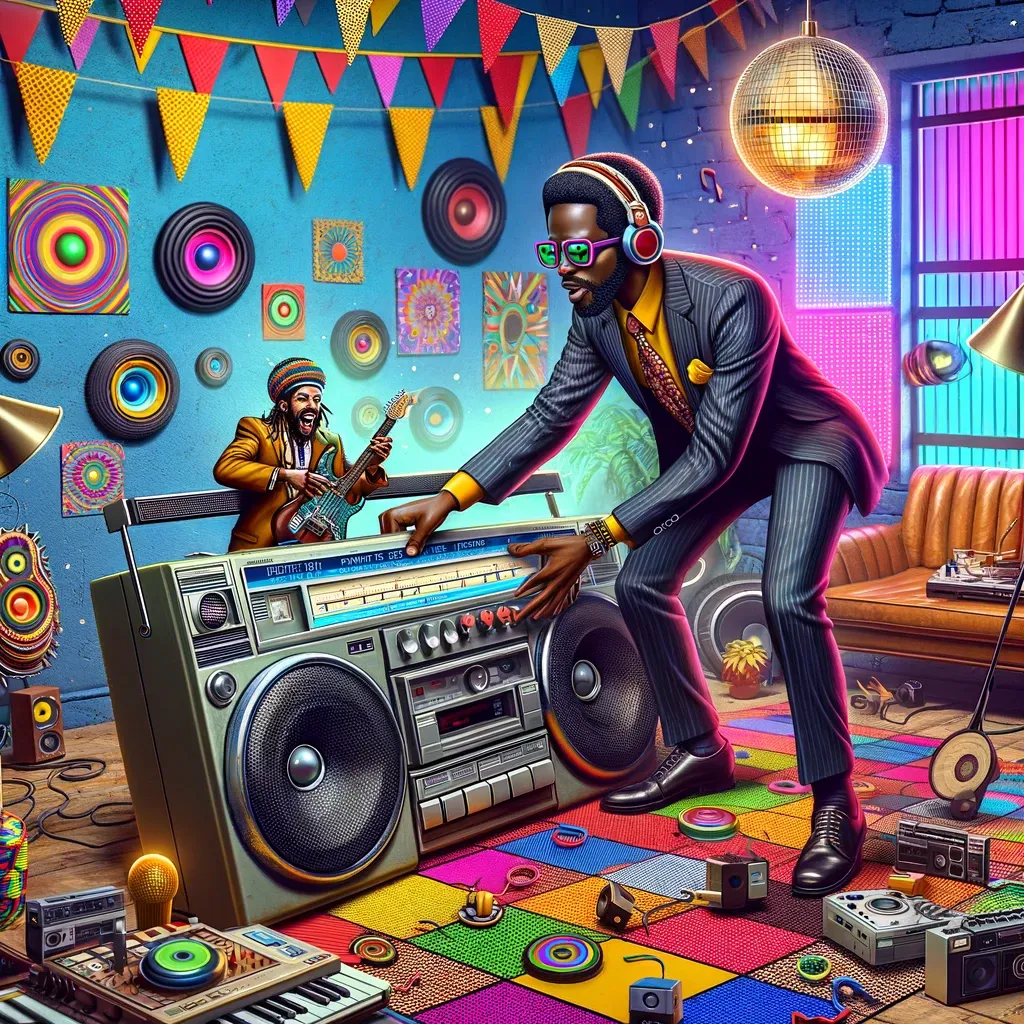Debunking 10 Myths About Musician Bloggers
10 Influential Voices That Redefining the Art of Music
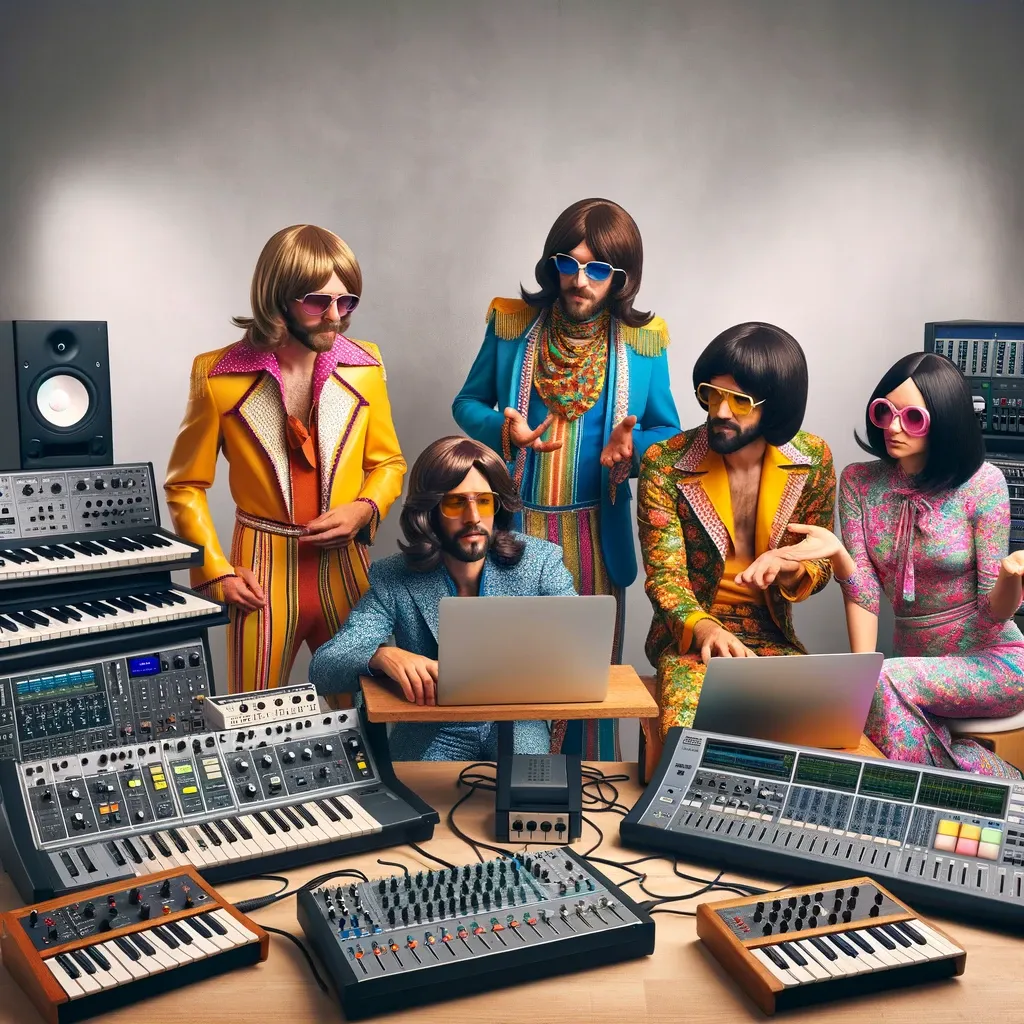
Being a musician extends beyond melody creation—it's equally about carving out your digital footprint. The landscape of musician bloggers offers a vibrant space where artists unveil their journeys, beliefs, and the heart behind their music. Yet, prevailing myths often overshadow the truth of this unique expression. Let’s dismantle these misconceptions and spotlight 10 musician bloggers who are revolutionizing this arena.
Myth 1: It’s All About Self-Promotion
Though self-promotion is a component, the essence of successful musician blogs lies in their depth. A perfect example is Amanda Palmer. Known for her deep connection with fans, Palmer frequently uses her blog to explore her creative process, share personal stories, and discuss social issues. This engagement goes far beyond mere marketing, helping to forge a powerful bond with her audience.
Myth 2: Blogging Is a Breeze
Contrary to assumptions, a lot goes into those engaging posts. John Mayer exemplifies this with his blog, where he elaborates on music theory, gear reviews, and tour life, underscoring the hard work behind each post.
Myth 3: They Only Discuss Music
While music forms the core, many musician bloggers explore varied interests. Lady Gaga is a poignant example of this. Through her Born This Way Foundation and various social media platforms, she actively discusses mental health, empowerment, and LGBTQ+ rights. Her commitment to these causes illustrates how musicians can use their platforms to foster important dialogues beyond the musical landscape.
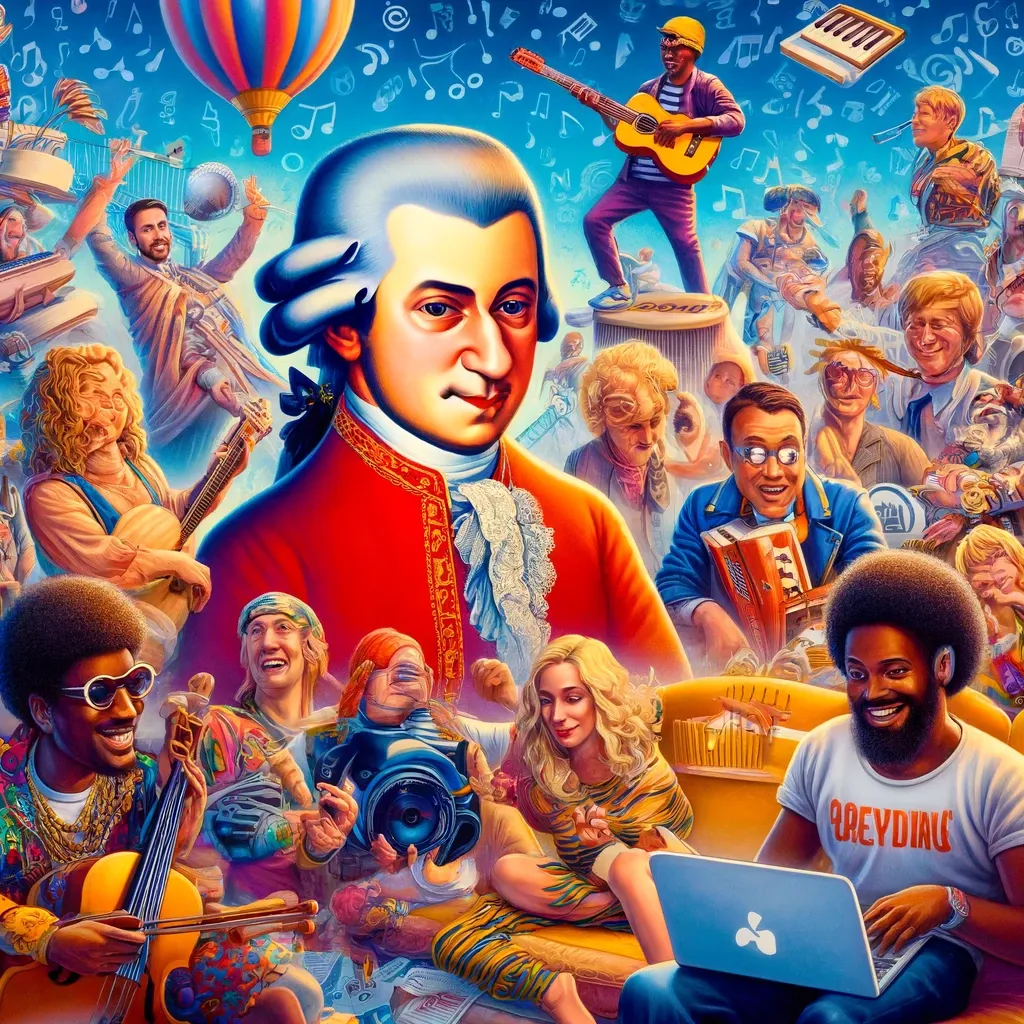
Myth 4: No Real Skills Required
On the contrary, compelling blogging requires adept writing and digital savvy. Taylor Swift is a prime example, crafting engaging narratives about her songwriting and personal anecdotes, showcasing her storytelling prowess.
Myth 5: Blogging Is Outdated
John Legend is a stellar example of how artist blogs remain relevant. Through his various online platforms, including his website and social media, he offers fans unique insights into his creative process, shares his involvement in social issues, and updates his projects. This continuous engagement demonstrates how blogs and similar platforms are crucial for artist-fan interactions
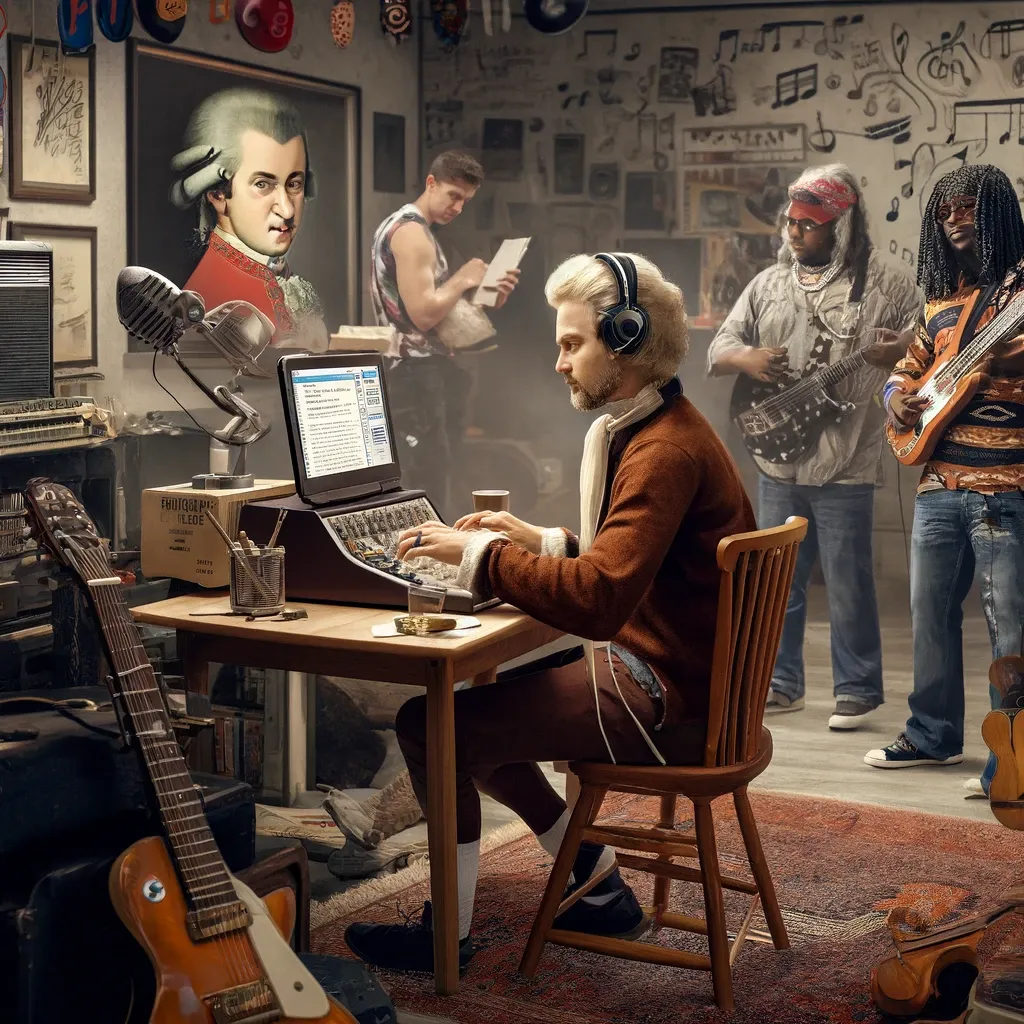
Myth 6: It’s a Lone Wolf Project
While some artists prefer a hands-on approach, others like Chance the Rapper benefit from collaborative efforts with writers and designers to enhance content quality and ensure a seamless experience for readers.
Myth 7: Only for the Well-Established
When she was an emerging talent, Billie Eilish used her blogs to forge connections, document their paths, and share discoveries, making it a platform that celebrates all stages of an artist's career.
Myth 8: Quantity Over Quality
While consistency is key, quality remains paramount. Norah Jones exemplifies this through her meticulously curated online presence. Her team crafts thoughtful posts on her website and newsletters. These communications delve into her music, personal reflections, and the creative process. This careful attention to detail ensures that each update not only enhances her connection with fans but also enriches the overall experience, emphasizing the importance of quality in digital interactions.
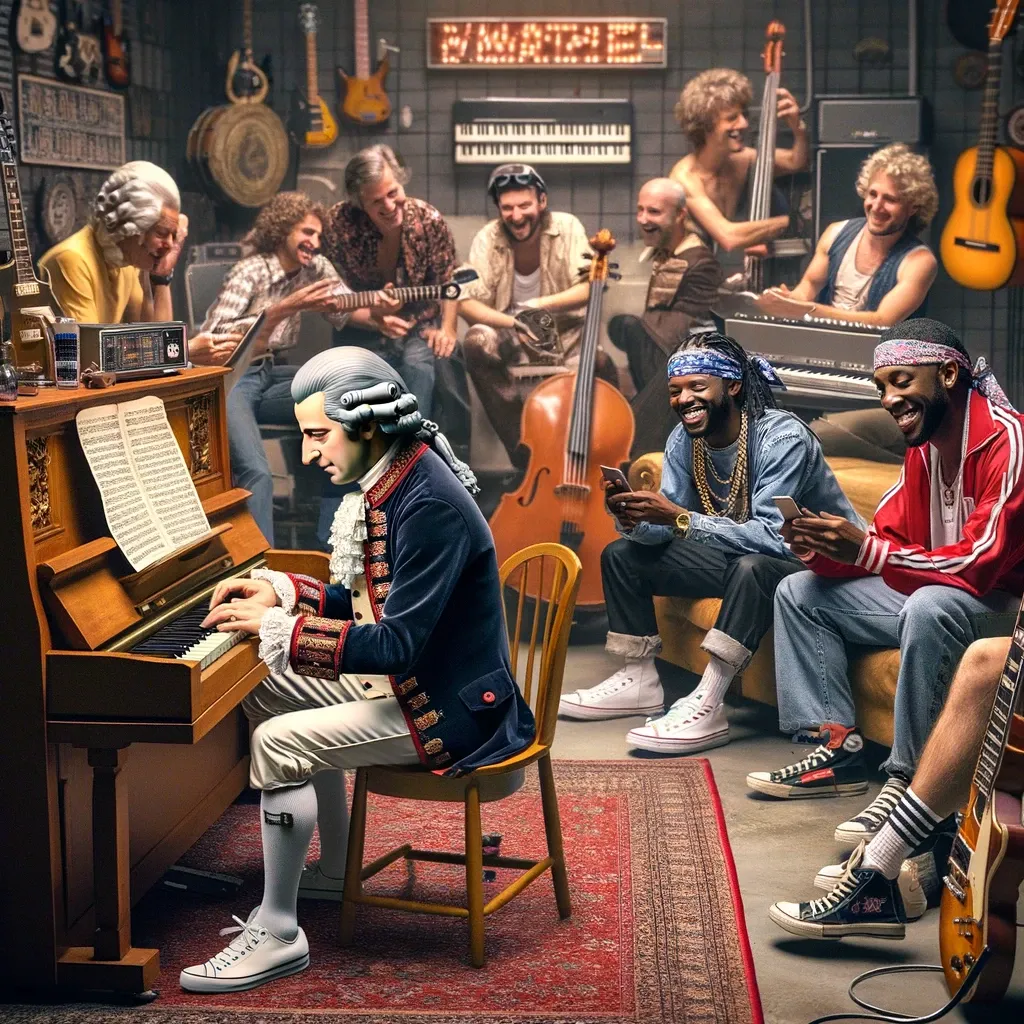
Myth 9: Just a Fleeting Fad
TobyMac is a powerful example of how musician blogging remains a robust and enduring medium. As a prominent figure in Christian hip-hop, TobyMac utilizes his online platforms to connect deeply with his audience. Through his website and social media, he regularly shares inspirational messages, behind-the-scenes looks at his music production, and personal reflections on faith and life challenges. His active engagement illustrates how blogging and digital communications continue to be vital tools for artists to connect with their fans on a personal and spiritual level, reinforcing the idea that musician blogging is far from obsolete.
Myth 10: Disconnected from Reality
Alessia Cara effectively dispels the myth that musician blogging is detached from reality. Through her frequent and heartfelt social media posts, Cara creates a welcoming space for her fans. She shares personal struggles, triumphs, and everyday moments, highlighting the genuine connection she maintains with her audience. This open dialogue emphasizes the reality and reciprocity of the blogger-audience relationship, proving that musician blogs can indeed foster a sense of community and mutual support.
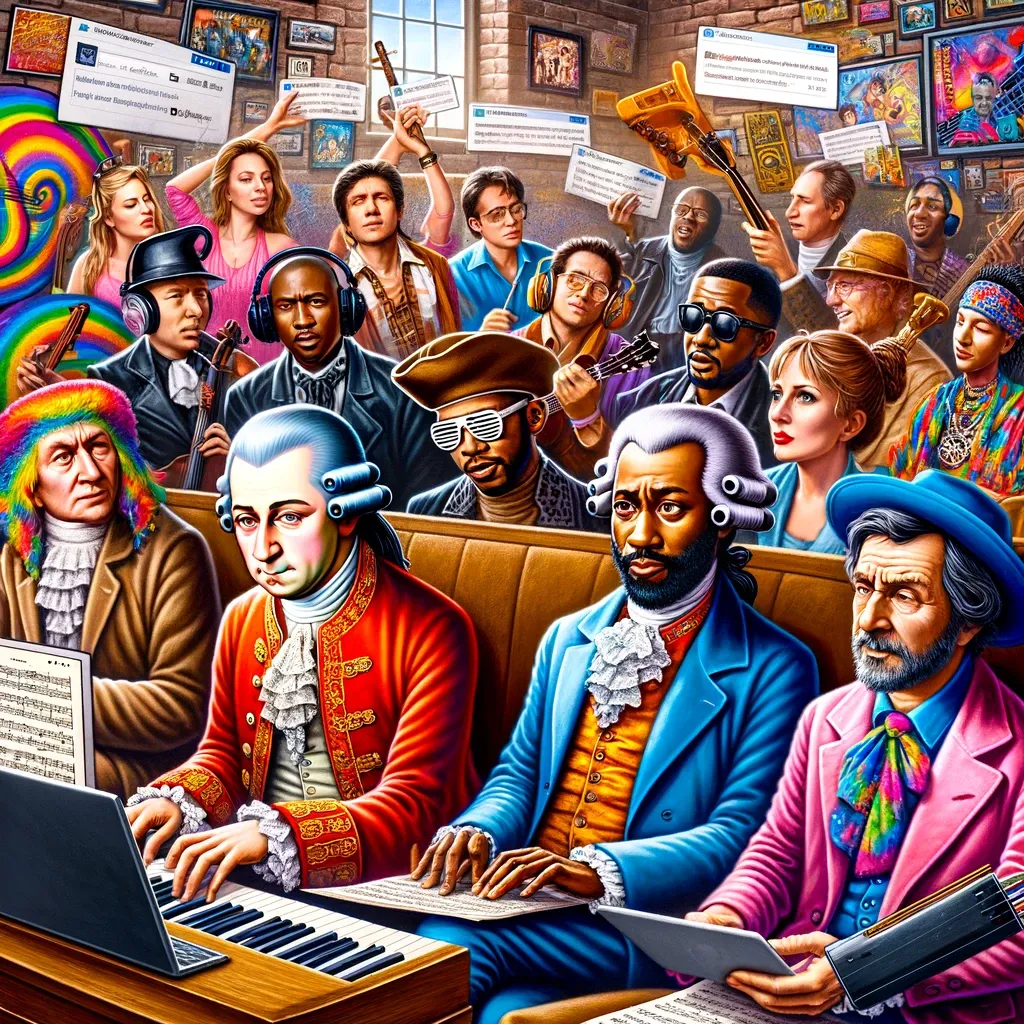
Conclusion: The True Art of Musician Blogging
Musician blogging goes beyond simple self-expression, merging creativity, skill, and genuine engagement. Although not all artists maintain traditional blogs, their willingness to share personal stories and vulnerabilities deeply connects them with fans. This form of storytelling, often underutilized in the music industry, effectively dispels myths and strengthens relationships. By engaging with these artists' posts, fans gain a deeper appreciation of the artistry and authenticity behind the music.
Embrace the genuine interactions and meaningful stories these musicians share, and see the true artistry behind their work.
